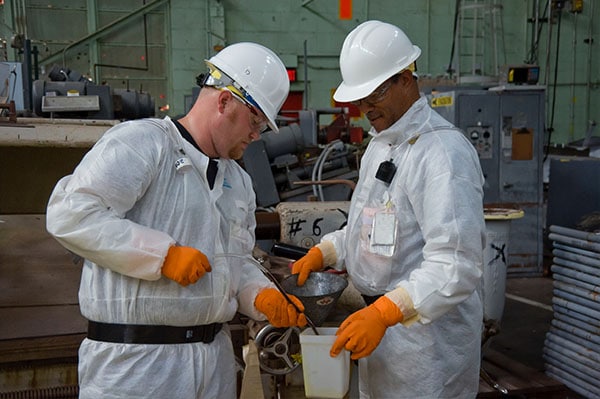Achieving a Just Transition:
Framework for Company Action
Key Activities
- Develop transition employment plans to support workers, avoid lay-offs, and identify opportunities for upskilling and retraining and disclose process(es) involved to define plans.
- Identify skill gaps and implement initiatives in advance of asset transition to ensure workers are equipped for low-carbon job market before their jobs are at risk.
- Disclose process(es) of identifying skills gaps for workers and impacted stakeholders which involves engaging unions and communities, and work with them to design practical and impactful measures to support workers and other impacted stakeholders in finding new roles.

See it in action
At ACEN, the management is establishing a robust talent development program not only for the high-potential employees but also for the solid and core performers, and those who requires performance improvement plans.
This year, the company invested to LinkedIn Learning online platform to give employees access to self-pace learning opportunity. It is critical that bp build capability amongst employees to deepen the leadership bench and make talents availability to achieve the 5000 MW goal in 2025.
SSE has prioritized retraining and redeployment for workers in high-carbon industries. SSE closed its last coal-fired power station, Fiddler’s Ferry, at the end of March 2020. Following the closure, 39 employees transitioned to work on the station’s decommissioning program, 5 were redeployed to other roles within SSE, and 95 layoffs were completed after consultation with employees and unions.
The company additionally held several training courses ahead of the station’s closure to support redeployment in alternative roles in the new sector (SSE, 2020).
In September 2021 SSE published a further just transition report focused specifically on actions to support workers transition from high to low-carbon careers. The report outlines 20 commitments from SSE which aim to promote a smooth, fair and just transition to net zero for workers. Committed actions by SSE to support the worker transition include initiatives like removing specific industry experience from job adverts, piloting an engineering conversion program for those coming from other sectors, paying for any skills training necessary for employees to undertake their role, and embedding ‘just transition’ into business and people strategies (SSE,2021)
Repsol’s transformation also need new profiles on its business, and in doing so, the company is hiring new employees but also relies on new career opportunities for its employees through professional reorientation, reskilling programs and strengthening specific skills to create experts and specialists (upskilling).
Who's measuring these actions?
Just Transition Indicator 2 Metric b: Company has set time—bound, measurable indicators to mitigate the social impacts of the low carbon transition on workers.
Just Transition Indicator 4 Metric c: Company demonstrates the measures it takes to provide re- and/ or up-skilling, training or education opportunities for workers & affected stakeholders.
Just Transition Indicator 4 Metric b: Company discloses its process(es) for identifying skill gaps for workers and affected stakeholders in the context of low carbon transition which involves engaging with unions and communities.
Disclosure Indicator 9 – Just Transition
Sub-indicator 9.1, Metric b) The company has committed to retain, retrain, redeploy and/or compensate workers affected by its decarbonization efforts.
More Blocks in this theme: Workforce evolution
= Core Best Practice
= Just Energy Specific Practice
